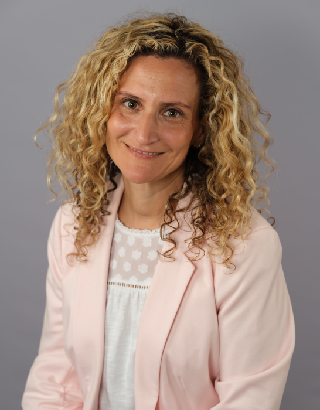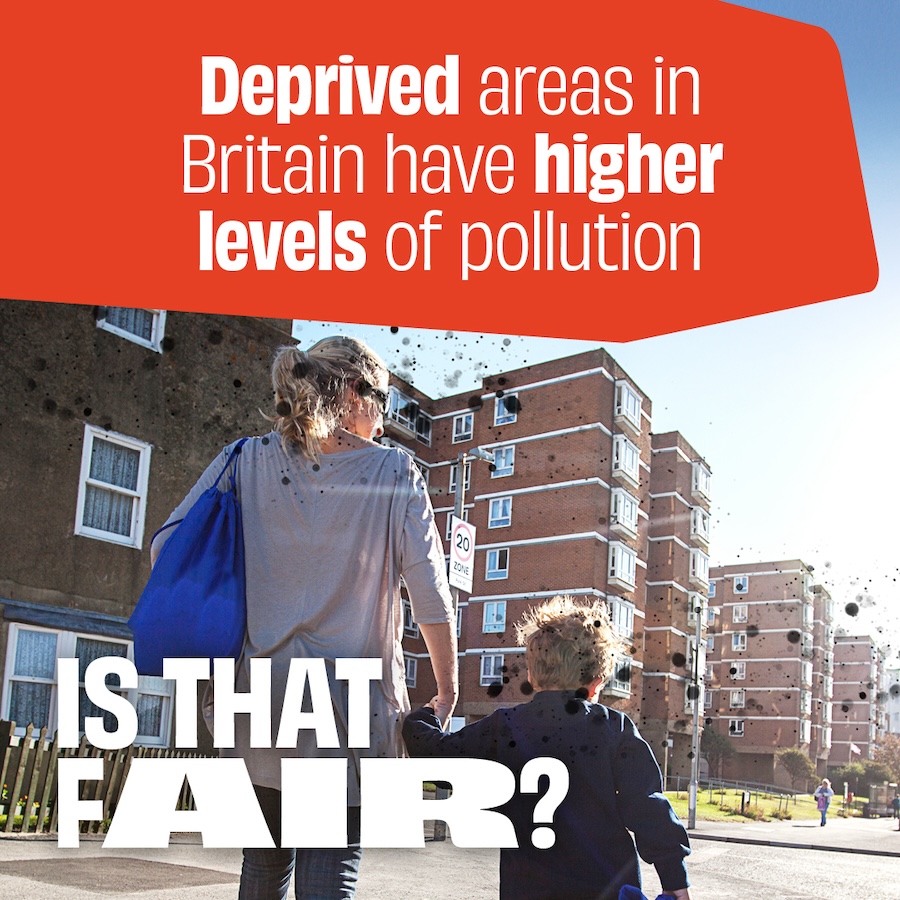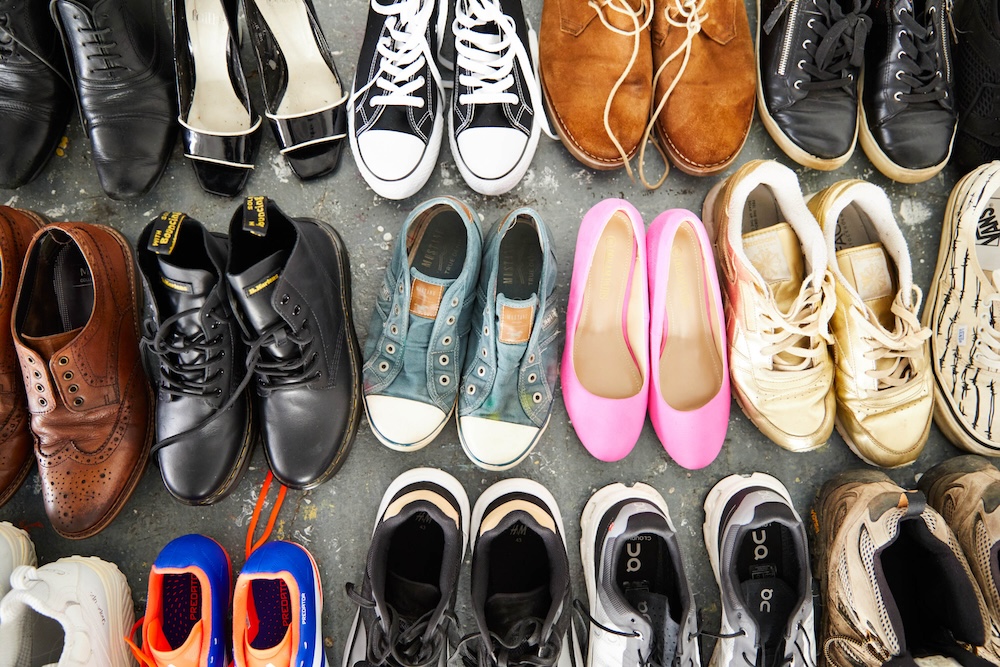Back to school: Q&A with Dr Ellie Cannon
As kids across the country return to school, we spoke to Dr Ellie Cannon, GP and supporter of our Is That FAIR? campaign, about how toxic air affects children and what needs to change to protect their health.
Why should parents be thinking about air quality as children head back to school?
As a GP and a parent myself, I often see how much children’s health is shaped by the world around them. The air they breathe, especially around schools, busy roads, and playgrounds where they spent lots of time can have a lasting effect on their developing lungs, brains and bodies. September is a time when children spend more time travelling to school, often through areas with high pollution, so it’s an important moment to raise awareness. Many people might think that poor air quality is just an issue in busy urban areas; but actually, 90% of the population in Britain are affected by toxic air that breaches the World Health Organization’s guidelines.
What damage can toxic air do to a child’s developing body?
Lungs – exposure to polluted air can reduce lung growth and function, making children more likely to develop asthma or chest infections. Brain and learning – studies show links between poor air quality and reduced concentration, memory and school performance. Long-term health – the effects don’t stop in childhood. Early exposure to air pollution is linked to higher risk of heart disease, stroke, and even some cancers later in life.
In my GP practice, I’ve seen children with repeated wheezing, coughing and chest infections, often living in homes on busy main roads. These health challenges follow them into adulthood.
Who is affected by this?
As a GP, I see every day how vulnerable children are to polluted air and the figures are shocking. Health Equals shows that 87% of UK schools sit in areas where air pollution is above WHO guidelines, exposing 12 million children to risks that could last a lifetime.
And it’s not an equal burden. Almost half of the most polluted neighbourhoods are also among the most income-deprived, and nearly half (48%) of the people living in these areas come from ethnic minority backgrounds.
In my consulting room, this plays out as children struggling with asthma and families coping with chronic respiratory conditions, often without the means to move somewhere safer. Air pollution isn’t just an environmental issue, it’s a health injustice.
What can families do to help reduce the impact?
Parents often feel helpless, but there are things we can do to make positive changes.
The main thing to stress here is that together, we can demand action to clean up our air and ensure that our children don’t have to breathe in harmful, toxic air. There are some great initiatives at community level to reduce children’s exposure to toxic air and we can all play a role in supporting these – like making sure cars aren’t idling outside schools, advocating for green initiatives, or voicing concerns about harmful industry or green space being developed on.
While reductions in air pollution may take time, there are some practical steps parents can take.
- School journey: If possible, walk to school using quieter side streets rather than main roads.
- Green buffers: Encourage schools to plant hedges or trees around playgrounds.
- Indoor air quality: Keep windows closed during peak traffic hours and avoid smoking or using heavily fragranced products indoors.
- Advocacy: Join other parents in asking schools and local councils for “school streets” (temporary road closures at pick-up and drop-off).
But I always stress to parents in my surgery: this isn’t a problem you can fix alone, we need systemic change.
Why is this a bigger issue for families on lower incomes?
In my practice, families with fewer resources often live closest to main roads or in housing without green space. They’re less able to move away from polluted areas or afford air filters. Their children are already at a disadvantage, and poor air quality deepens the life expectancy gap between the higher and lower income individuals in this country.
What needs to change?
We need government to take this seriously as a public health crisis. Lives are being cut short by up to 16 years in parts of the UK. The air we breathe is part of the problem. We need all departments across government to be thinking about this – from health, to environment, to education: a cross-government health strategy that puts children’s health at the centre of decisions about transport, housing and the environment.
That’s why I’m supporting Health Equals, who are calling for systemic change to reduce the life expectancy gap. As parents, we can take small steps, but lasting change will only come if government policies protect every child’s right to clean air.




